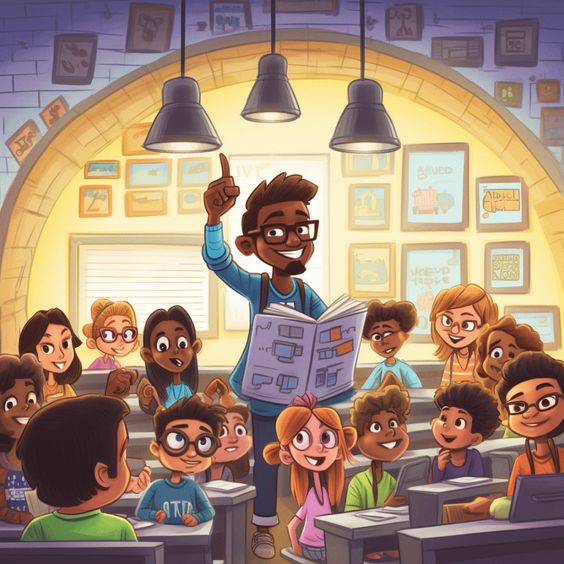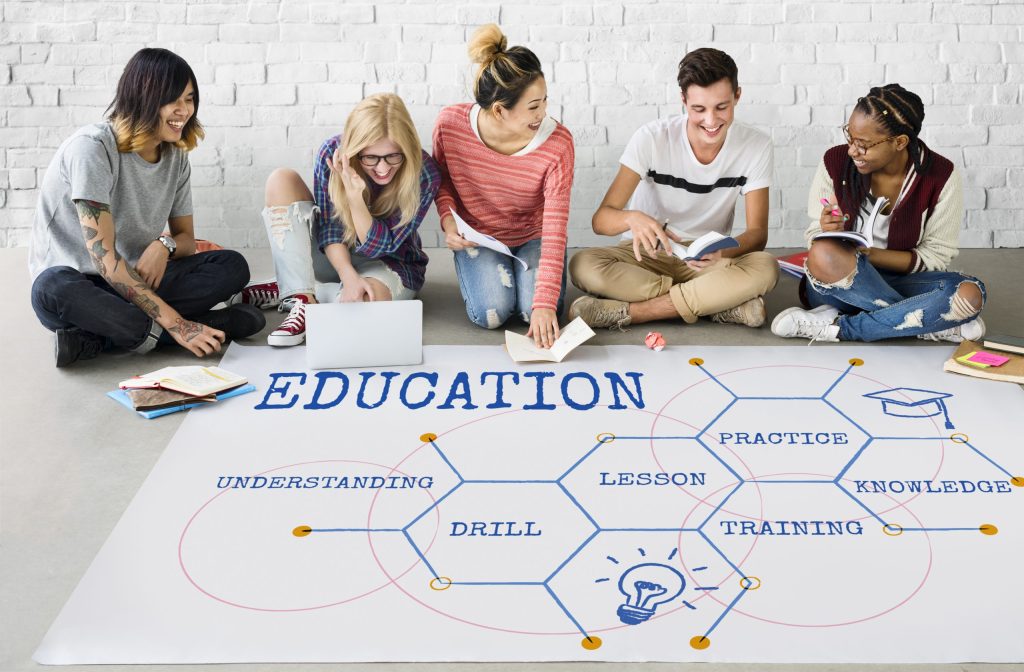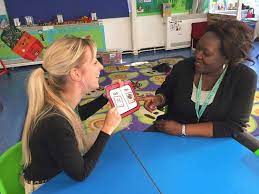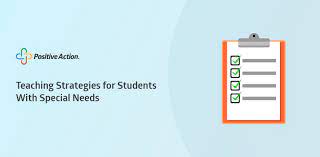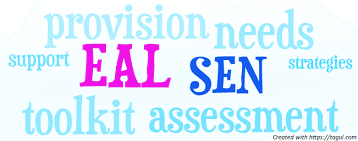Introduction:
Autism is a complex neurodevelopmental disorder that affects an estimated 1 in 54 children in the United States. As the prevalence of autism continues to rise, increasing awareness and fostering understanding among the general public is crucial. This article aims to shed light on the importance of promoting autism awareness, early intervention, and acceptance of individuals with autism to create a more inclusive society.
Understanding Autism:
Autism spectrum disorder (ASD) is characterized by difficulties with social interactions, verbal and nonverbal communication, and repetitive or restrictive behaviors. Individuals with ASD have unique strengths and challenges that range from mild to severe. It is crucial for people to educate themselves about autism in order to understand the experiences of those with ASD and dispel common stereotypes surrounding the condition.
Why Promote Autism Awareness:
Promoting awareness of autism has several benefits:
1. Early detection and intervention: Raising awareness can lead to earlier diagnosis and intervention for children with autism. Early intervention is crucial for improved cognitive and social outcomes, as well as overall higher quality of life.
2. Support for families: Families affected by autism can feel isolated or overwhelmed. Increased awareness can result in greater support from friends, extended family, schools, and communities.
3. Reduction of stigma: Autistic individuals often face discrimination and prejudice due to a lack of understanding surrounding their condition. By promoting awareness, we can reduce these negative attitudes and create a more accepting society.
4. Policy advocacy: A more informed public can influence government policies, programs, and funding to better support individuals with autism and their families.
How To Promote Autism Awareness:
1. Educate yourself: Learn about the symptoms, diagnosis, treatment options, and daily experiences of those living with autism. Share your knowledge with others through conversations or on social media platforms.
2. Advocate for inclusion: Encourage schools and other community organizations to develop inclusive policies and practices to accommodate the needs of those with autism.
3. Fundraise and donate: Participate in or organize fundraising events (e.g., walks, runs, charity events) that support autism research or local organizations assisting families affected by autism.
4. Celebrate Autism Awareness Month: April is Autism Awareness Month, making it the perfect opportunity to increase understanding about the disorder. Organize or participate in events to celebrate neurodiversity and show support for individuals with autism.
5. Encourage media representation: Advocate for an accurate depiction of autism in movies, television shows, and other media outlets to provide a more balanced perspective of the condition.
Conclusion:
Promoting autism awareness is vital in creating a more inclusive society where individuals with ASD can reach their full potential. Understanding, early intervention, and acceptance are key factors in achieving this goal. We must work together as a community to spread awareness and support for autistic individuals and their families on their journey to navigate a life that can be challenging yet full of potential.


